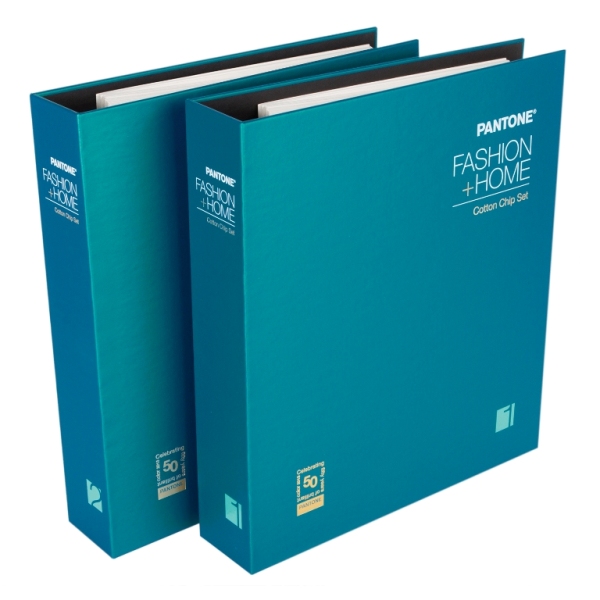Weight Calibration
Introduction:
Weight measurement is an essential part of many industries, including pharmaceuticals, food processing, manufacturing, and transportation. To ensure the accuracy of weight measurements, it is crucial to regularly calibrate weighing instruments and scales. Weight calibration test methods are used to verify the accuracy of weight measurement instruments by comparing their readings to known standard weights. This process involves a series of steps to ensure that the instrument or scale is providing accurate and reliable measurements. This article will discuss the weight calibration test method process in detail, including its importance, types of weights used, calibration procedures, and best practices.
Importance of Weight Calibration Test Method:
The weight calibration test method is an essential process that helps to ensure that weight measurement instruments provide accurate and reliable readings. Accurate weight measurements are critical in many industries, including pharmaceuticals, food processing, and manufacturing, as they affect the quality and safety of products. If weight measurement instruments are not calibrated correctly, they can produce incorrect readings, which can lead to poor-quality products, safety issues, and financial losses. For these reasons, the calibration of weight measurement instruments is essential to maintain quality and safety standards and ensure compliance with regulations.
Types of Weights Used:
The accuracy of the weight calibration test method depends on the accuracy of the weights used. Calibration weights are standardized to meet specific accuracy standards and come in different types, including standard weights, precision weights, and calibration weights. The choice of weight type depends on the accuracy requirements of the weighing instrument or scale being calibrated.
Standard weights are used for general-purpose calibration and are manufactured to meet standard accuracy requirements. They typically have a tolerance of +/- 0.1% of the weight value.
Precision weights are used for the calibration of high-precision weighing instruments and have a much tighter tolerance than standard weights. They typically have a tolerance of +/- 0.01% of the weight value.
Calibration weights are used for calibrating weighing instruments and scales and come in a variety of sizes and shapes. They are used to calibrate weighing instruments and scales with specific accuracy requirements and are typically calibrated to a specific standard, such as the International Organization for Standardization (ISO) or National Institute of Standards and Technology (NIST) standards.
The weight calibration test method process involves a series of steps to ensure that the weighing instrument or scale is calibrated correctly. The calibration procedures may vary depending on the type of weighing instrument or scale being calibrated. However, the basic steps of the calibration process are as follows:
Step 1: Check the condition of the weighing instrument or scale.
Before calibrating the weighing instrument or scale, it is essential to ensure that it is clean and in good condition. Any damage or wear and tear on the weighing instrument or scale can affect its accuracy. Therefore, it is necessary to inspect the instrument or scale for any signs of damage or wear and tear before proceeding with the calibration process.
Step 2: Choose the appropriate weights.
Select the appropriate weights based on the weighing instrument or scale's accuracy requirements. As mentioned earlier, the type of weight used depends on the accuracy requirements of the instrument or scale being calibrated.
Step 3: Calibrate the weighing instrument or scale.
Place the standard weights on the weighing instrument or scale and record the readings. The readings should be compared to the expected values of the standard weights. If the readings are not within the acceptable range, adjustments should be made to the weighing instrument or scale to correct the error. The calibration process should be repeated until the readings are within the acceptable range.
Step 4: Document the calibration results.
The results of the calibration process should be documented, including the date of calibration, the weights used, the readings obtained, and any adjustments made to the weighing instrument or scale. The documentation should be stored in a secure location and made available for future reference.
In conclusion, the weight calibration test method process is an essential procedure for ensuring the accuracy and reliability of weight measurements. Accurate weight measurements are critical in many industries, including pharmaceuticals, food processing, and manufacturing, as they impact the quality and safety of products. The weight calibration test method involves a series of steps, including checking the condition of the weighing instrument or scale, selecting the appropriate weights, calibrating the instrument or scale, and documenting the results. The choice of weight type depends on the accuracy requirements of the weighing instrument or scale being calibrated. The calibration process should be repeated until the readings are within the acceptable range, and the results should be documented for future reference. By following the weight calibration test method process, industries can maintain quality and safety standards, comply with regulations, and avoid financial losses associated with inaccurate weight measurements.
Visit: Cintex Calibration







